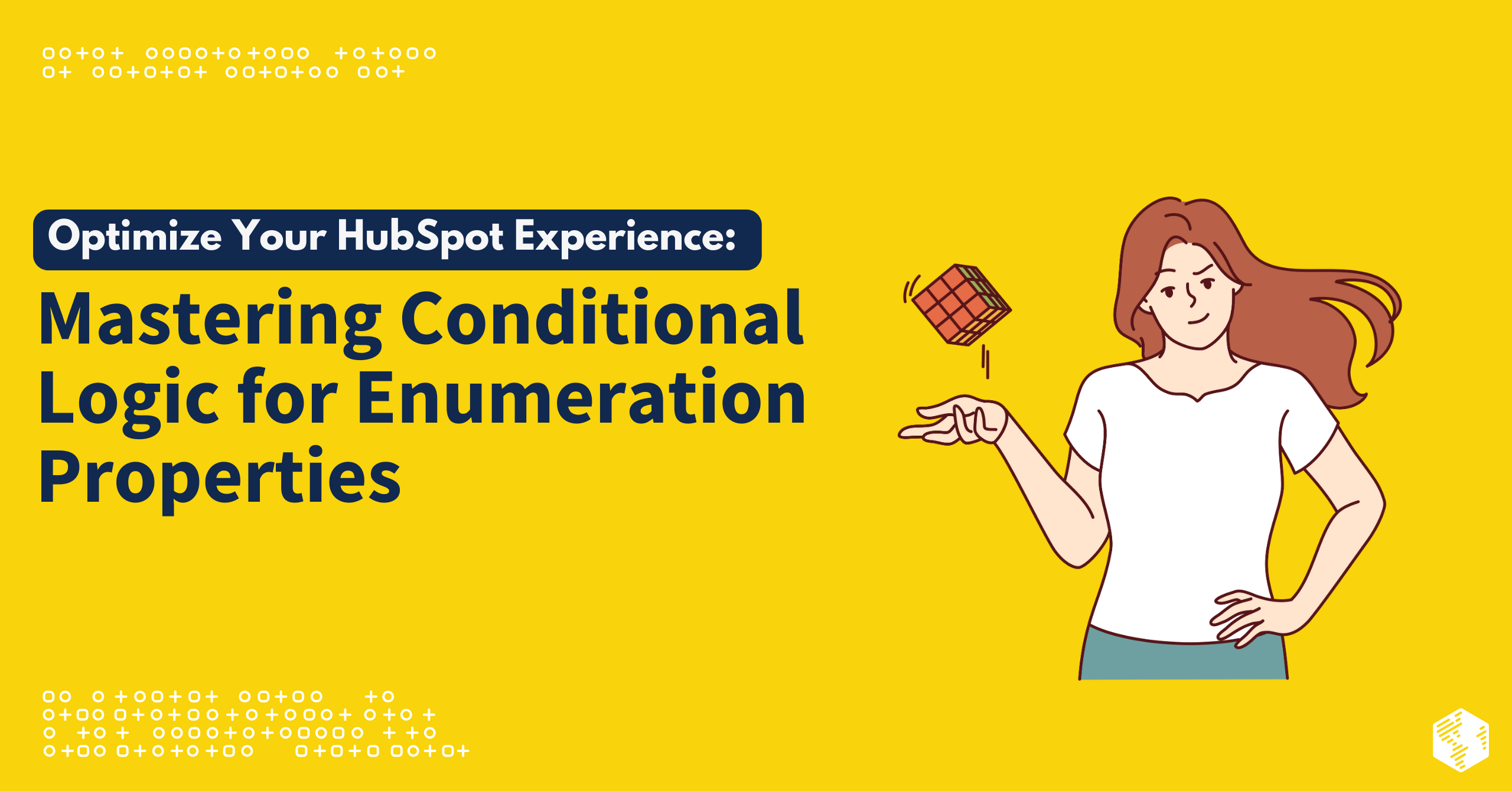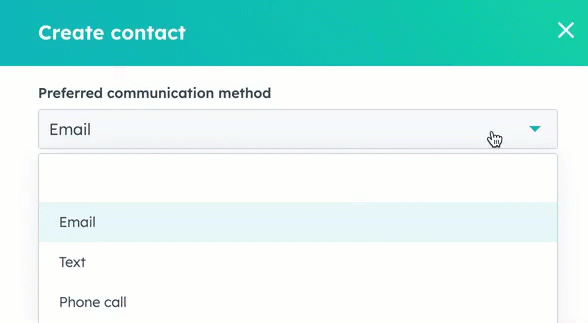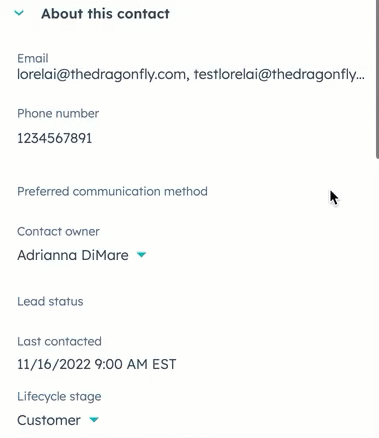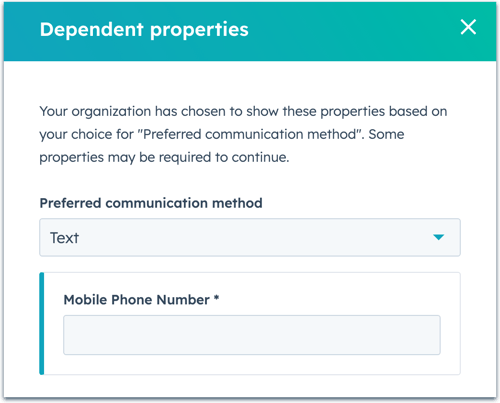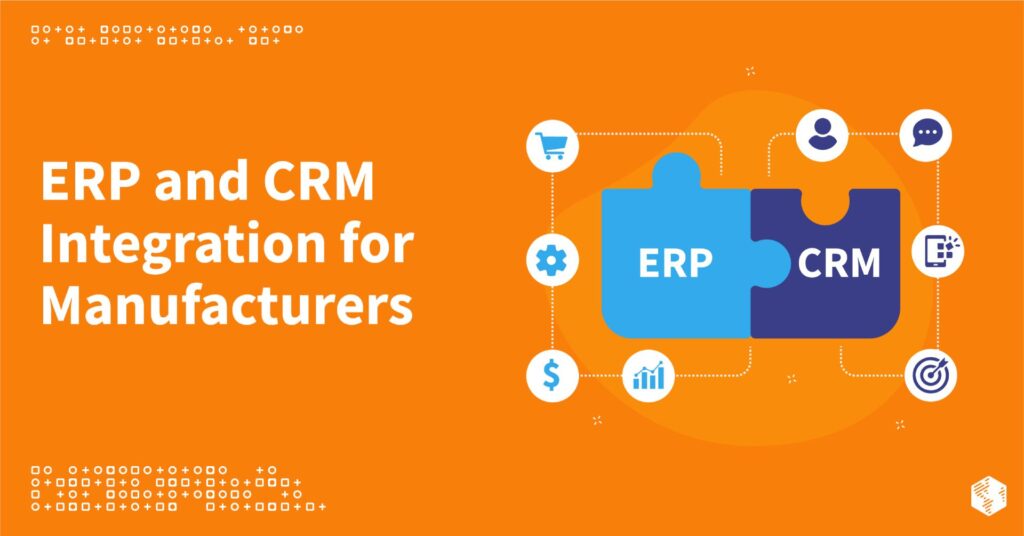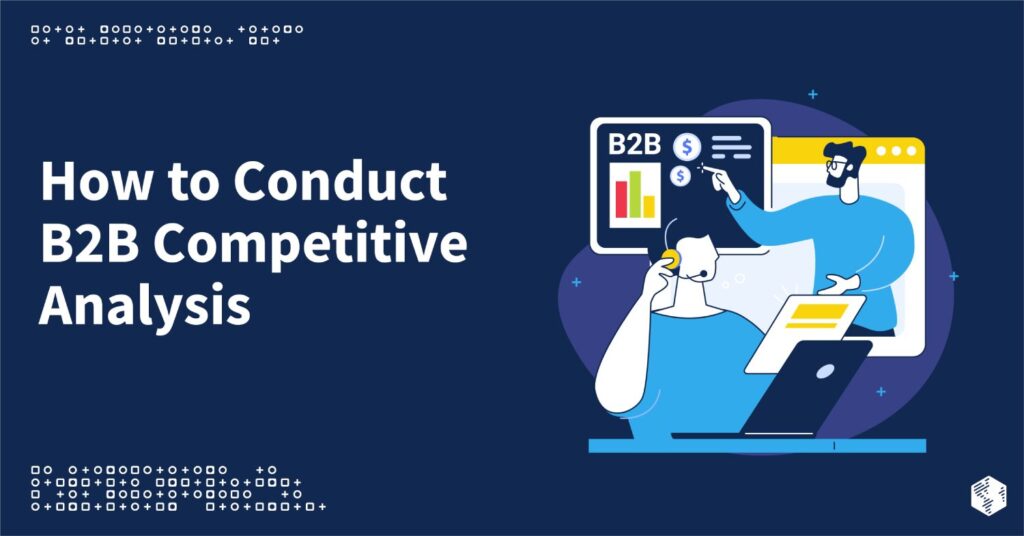Understanding HubSpot Enumeration Properties
As a HubSpot user, understanding enumeration properties is key to optimizing your experience with the platform. Enumeration properties allow you to categorize and organize your data, making it easier to segment and personalize your marketing efforts. In HubSpot, enumeration properties are used to define a set of options from which a user can select one or more values. These properties are highly versatile and can be used to capture a wide range of information, from lead scoring to product interests.
When it comes to enumeration properties in HubSpot, it’s crucial to have a clear understanding of how they work and how they can be leveraged to enhance your marketing strategies. By mastering enumeration properties, you can streamline your data management processes, gain deeper insights into your contacts, and ultimately improve the effectiveness of your marketing campaigns.
Introduction to Conditional Logic in HubSpot
Conditional logic is a powerful feature in HubSpot that allows you to create dynamic and personalized experiences for your contacts based on their interactions with your brand. With conditional logic, you can set up rules and triggers that automatically adjust the properties of your contacts based on their behavior, attributes, or engagement with your marketing efforts.
In the context of enumeration properties, conditional logic enables you to apply specific criteria to categorize and segment your contacts more effectively. This not only helps you better understand your audience but also allows you to tailor your messaging and content to resonate with each segment, leading to higher engagement and conversion rates.
Benefits of Using Conditional Logic for Enumeration Properties
The benefits of using conditional logic for enumeration properties in HubSpot are manifold. By leveraging conditional logic, you can create highly targeted and personalized marketing campaigns that are tailored to the specific needs and interests of your contacts. This not only enhances the overall customer experience but also increases the relevance and effectiveness of your marketing efforts.
Moreover, conditional logic allows you to automate the process of categorizing and segmenting your contacts based on their interactions, behaviors, and attributes. This saves you time and effort, while also ensuring that your data remains organized and up-to-date. Additionally, by using conditional logic to manage enumeration properties, you can gain deeper insights into the preferences and behaviors of your contacts, enabling you to make more informed marketing decisions.
How to Set Up Conditional Properties in HubSpot
- Navigate to the “Contacts” Section:
- Log in to your HubSpot account.
- In the dashboard, navigate to the “Contacts” section.
- Select “Properties”:
- Within the “Contacts” section, find and select “Properties.”
- Choose the Enumeration Property:
- Identify and select the enumeration property to which you want to apply conditional logic.
- Click on “Edit property.”
- Access “Conditional Logic” Section:
- Scroll down to find the “Conditional logic” section within the property settings.
- Initiate Conditional Logic Setup:
- Click on “Set up conditional logic” to begin defining rules for the selected enumeration property.
- Create Rules Based on Criteria:
- In the “Conditional logic” section, create rules based on various criteria, such as contact properties, list membership, form submissions, email interactions, etc.
- Combine Multiple Criteria (Optional):
- Optionally, combine multiple criteria to create complex conditional logic that accurately segments your contacts.
- Define Actions for Conditions:
- Specify the actions that should be taken when the conditions are met. This can include updating the property value or assigning the contact to a specific list.
- Save Conditional Logic Settings:
- After defining rules and actions, save your conditional logic settings.
- Automatic Application of Rules:
- HubSpot will automatically apply the defined rules to your contacts, ensuring that enumeration properties are updated based on the predefined criteria.
Best Practices for Mastering Conditional Logic in HubSpot
To master conditional logic in HubSpot, it’s essential to follow best practices that will help you make the most of this powerful feature. Firstly, it’s important to carefully plan and define your segmentation criteria to ensure that your conditional logic accurately reflects the needs and behaviors of your audience.
Additionally, regularly reviewing and refining your conditional logic rules is crucial to maintaining the relevance and accuracy of your segmentation. As your audience evolves and your marketing strategies adapt, it’s important to revisit your conditional logic settings to ensure that they continue to align with your objectives and the needs of your contacts.
Furthermore, it’s recommended to test and monitor the performance of your conditional logic rules to identify any potential areas for improvement. By analyzing the effectiveness of your segmentation and personalization efforts, you can refine your conditional logic to optimize the relevance and impact of your marketing campaigns.
Utilizing Conditional Logic for Enumeration Properties in HubSpot Workflows
HubSpot workflows provide a powerful framework for automating marketing processes and nurturing leads through personalized interactions. By integrating conditional logic with enumeration properties in HubSpot workflows, you can create dynamic and targeted workflows that adapt to the behavior and attributes of your contacts.
When setting up workflows in HubSpot, you can incorporate conditional logic to trigger specific actions or communications based on the values of enumeration properties. For example, you can use conditional logic to automatically enroll contacts in different workflows based on their product interests, lead scores, or engagement levels. This allows you to tailor your nurturing sequences to the unique needs and preferences of each contact, ultimately increasing the effectiveness of your lead nurturing efforts.
Common Mistakes to Avoid When Using Conditional Properties in HubSpot
While conditional properties in HubSpot offer a wealth of opportunities for segmentation and personalization, there are common mistakes that users should avoid to ensure the accuracy and effectiveness of their conditional logic. One of the most prevalent mistakes is setting up overly complex conditional logic that leads to over-segmentation and a fragmented view of contacts.
Another common mistake is failing to regularly review and update conditional logic rules, leading to outdated or irrelevant segmentation. Additionally, overlooking the importance of testing and monitoring the performance of conditional logic can result in missed opportunities for optimization and refinement.
To avoid these mistakes, it’s crucial to approach conditional logic with a clear strategy, regularly review and refine your rules, and continuously monitor the impact of your segmentation efforts to ensure that they align with your marketing objectives.
Advanced Tips for Optimizing HubSpot Experience with Conditional Logic
For advanced users looking to further optimize their HubSpot experience with conditional logic, there are several tips and strategies that can enhance the effectiveness of segmentation and personalization efforts. Firstly, consider integrating external data sources and custom properties to enrich your segmentation criteria and create more targeted and precise conditional logic rules.
Moreover, leveraging HubSpot’s machine learning capabilities can provide valuable insights into the behaviors and preferences of your contacts, enabling you to create more sophisticated and predictive conditional logic rules. Additionally, exploring the use of dynamic content based on enumeration properties can further enhance the personalization and relevance of your marketing communications.
Leveraging Conditional Properties for Personalization and Segmentation in HubSpot
Conditional properties in HubSpot offer a wealth of opportunities for personalization and segmentation, allowing you to create highly targeted and tailored marketing experiences for your contacts. By leveraging conditional properties, you can segment your audience based on a wide range of criteria, including product interests, lead scores, engagement levels, and more.
This level of segmentation enables you to deliver personalized content, offers, and communications that resonate with the unique needs and preferences of each segment, ultimately leading to higher engagement and conversion rates. By utilizing conditional properties for personalization and segmentation, you can create a more relevant and impactful customer experience that drives meaningful interactions and fosters long-term loyalty.
Mastering conditional logic for enumeration properties in HubSpot is essential for optimizing your marketing strategies and enhancing the relevance and impact of your communications. By understanding the benefits of conditional logic, best practices for implementation, and advanced tips for optimization, you can leverage enumeration properties to create highly targeted and personalized marketing campaigns that resonate with your audience.
By utilizing conditional logic in HubSpot workflows and avoiding common mistakes, you can ensure that your segmentation efforts remain accurate and impactful. Ultimately, by leveraging conditional properties for personalization and segmentation, you can create a more meaningful customer experience that drives engagement, loyalty, and business growth.
Ready to optimize your HubSpot experience with conditional logic for enumeration properties? Get started today and unlock the full potential of segmentation and personalization in your marketing efforts.


